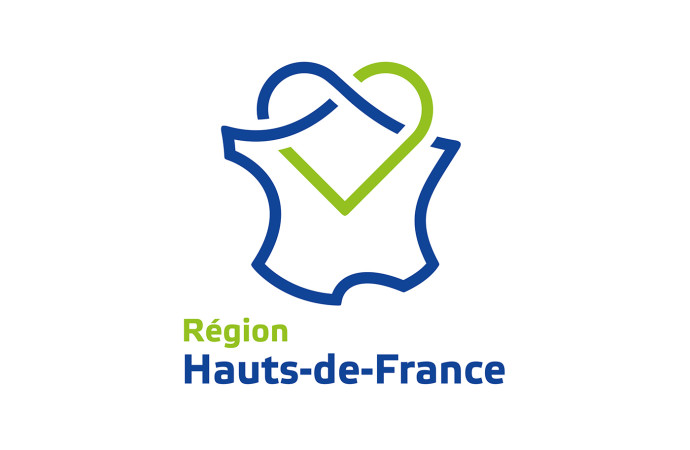Data Management
Public Concerné
Entry requirements
Good knowledge of mathematics, physics and English
Relationship to other courses:
HB300 - Information technology
HB310 - navigation
HB340 - Tides and currents
HB350 - Geodesy & cartographic systems
HB360 - Hydrographic surveying
HB380 - Geology & cartographic systems
HB390 - Legal aspect
HB500 - Hydrographic practice
Good knowledge of mathematics, physics and English
Relationship to other courses:
HB300 - Information technology
HB310 - navigation
HB340 - Tides and currents
HB350 - Geodesy & cartographic systems
HB360 - Hydrographic surveying
HB380 - Geology & cartographic systems
HB390 - Legal aspect
HB500 - Hydrographic practice
Objectifs pédagogiques
Module Outline:
- ANALOGUE DATA CAPTURE
- Manual input of alphanumeric data
- Raster scanning processes and vector digitisation
- Description of digitising systems and scanners
- Georeferencing of paper maps
- Description of digital data formats
- Digital data transfer exercises
- DATA MANAGEMENT, PROCESSING AND ANALYSIS
- Approximation and estimation procedures for survey measurements
- The concepts of Geographical Information Systems (GIS)
- The properties of spatial databases and Database Management Systems (DBMS)
- The concepts of raster and vector data, gridded and meshed models (including TINs)
- Spatial data selection algorithms: filtering, smoothing, approximation, estimation, correlation and analysis
- Digital Elevation Models (DEMs)
- MARINE GIS
- The use of Geographical Information Systems (GIS) within the marine environment and their use in areas such as coastal zone management
- Graphic presentation of data from marine data bases
- Data and metadata management and nautical charting
- The electronic charting concept as a special form of GIS
- DATA PRESENTATION
- Cartographic semiology, colour theory and schemes, shading and illumination techniques
- Manual and automatic plotting and contouring of hydrographic data: resolution, scale and vertical exaggeration
- The use of vector and raster digitising and plotting systems
- Hydrographic applications of 3D modelling and visualisation
- MARINE CARTOGRAPHY
- Chart compilation process and flow line
- Application in the production flow of the instructions of the General Bathymetric Chart of the Oceans (GEBCO):
- Nautical charting & production; Chart Compilation
- Assessing and maintaining data quality throughout the compilation process
- COASTAL TOPOGRAPHY & MAPPING
- GNSS-based and ground survey techniques to delineate coastline and attached cultural features
- Coastline map creation with aerial photographs
- The use of Ground photography in the depiction of coastline topography
- Relation between tidal datums and charted shorelines
- PUBLICATIONS
- Required hydrographic data for navigational publications (including tide tables, sailing directions, light lists, radio aids to navigation, port guides, and notice to Mariners)
- CHART PRODUCTION / REPRODUCTION OF ANALOGUE MAPS
- The process of creating chart plates from graphic products and from digital files
- Production of the Chart out of multiple plates
- DIGITAL MAPS
- CORRECTION OF CHARTS
- The importance of updating nautical charts and the dissemination of chart corrections
- The responsibilities of each element in the sequence from surveyor to mariner
- Obtaining latest information and checking for old data
Capacité et compétences acquises
Learning Outcomes:
- To be able to create the required data types, part of a standard exchange format and to configure systems for secure storage, transfer and backup of survey data.
- To be able to use data cleaning techniques using appropriate software, while distinguishing between noise, outliers and real features as well as assessing propagated errors of survey data.
- Applying procedures used to assess, accept and reject data.
- Being able to apply spatial data processing techniques to create DTMs or gridded surfaces and contouring, as well as applying estimation procedures to assess survey measurements and volume computations.
- To explain the concepts of Spatial Data Infrastructures (SDIs); raster and vector data models.
- To be able to use file types that support the exchange of hydrographic data to transfer data between acquisition, database and GIS environments.
- Explain the concept and use of GIS within the marine environment.
Contenu de la formation
Lecture 1 Analog data capture
Lecture 2 Management, processing and analysis of spatial data
Lecture 3 Marine GIS
Lecture 4 Data presentation
Lecture 5 Marine Cartography
Lecture 6 Coastal Topography & Mapping
Lecture 7 Publications
Lecture 8 Chart Production / Reproduction of Analogue Maps
Lecture 9 Digital Maps
Lecture 10 Correction of Charts
Lecture 2 Management, processing and analysis of spatial data
Lecture 3 Marine GIS
Lecture 4 Data presentation
Lecture 5 Marine Cartography
Lecture 6 Coastal Topography & Mapping
Lecture 7 Publications
Lecture 8 Chart Production / Reproduction of Analogue Maps
Lecture 9 Digital Maps
Lecture 10 Correction of Charts
Description des modalités de validation
Evaluation
Evaluation form
Written examination, partly with multiple choice, partly with open questions.
Fieldwork - permanent evaluation of the practical exercises
Assessment methodology
The final figure of assessment is composed of:
50% (written examination)
50% (permanent evaluation)
Assessment criteria
Permanent evaluation: this evaluation is based upon the training record book in relation to the number of tasks carried out and the comments of the supervisor(s) expressed in written in the book; workshops: proof of attendance: reports, exercises.
Theory examination: quality of knowledge, insight, relation between subjects, ...
Evaluation form
Written examination, partly with multiple choice, partly with open questions.
Fieldwork - permanent evaluation of the practical exercises
Assessment methodology
The final figure of assessment is composed of:
50% (written examination)
50% (permanent evaluation)
Assessment criteria
Permanent evaluation: this evaluation is based upon the training record book in relation to the number of tasks carried out and the comments of the supervisor(s) expressed in written in the book; workshops: proof of attendance: reports, exercises.
Theory examination: quality of knowledge, insight, relation between subjects, ...
Prévisions d'ouverture
| Groupe | Semestre | Modalité | État d'ouverture | Date du premier cours | Lieux | ||
|---|---|---|---|---|---|---|---|
| HBB370 | Data Management | 3 | Cours de Jour | - | - | - | - |
Voir les dates et horaires, les lieux d'enseignement et les modes d'inscription sur les sites internet des centres régionaux qui proposent cette formation








